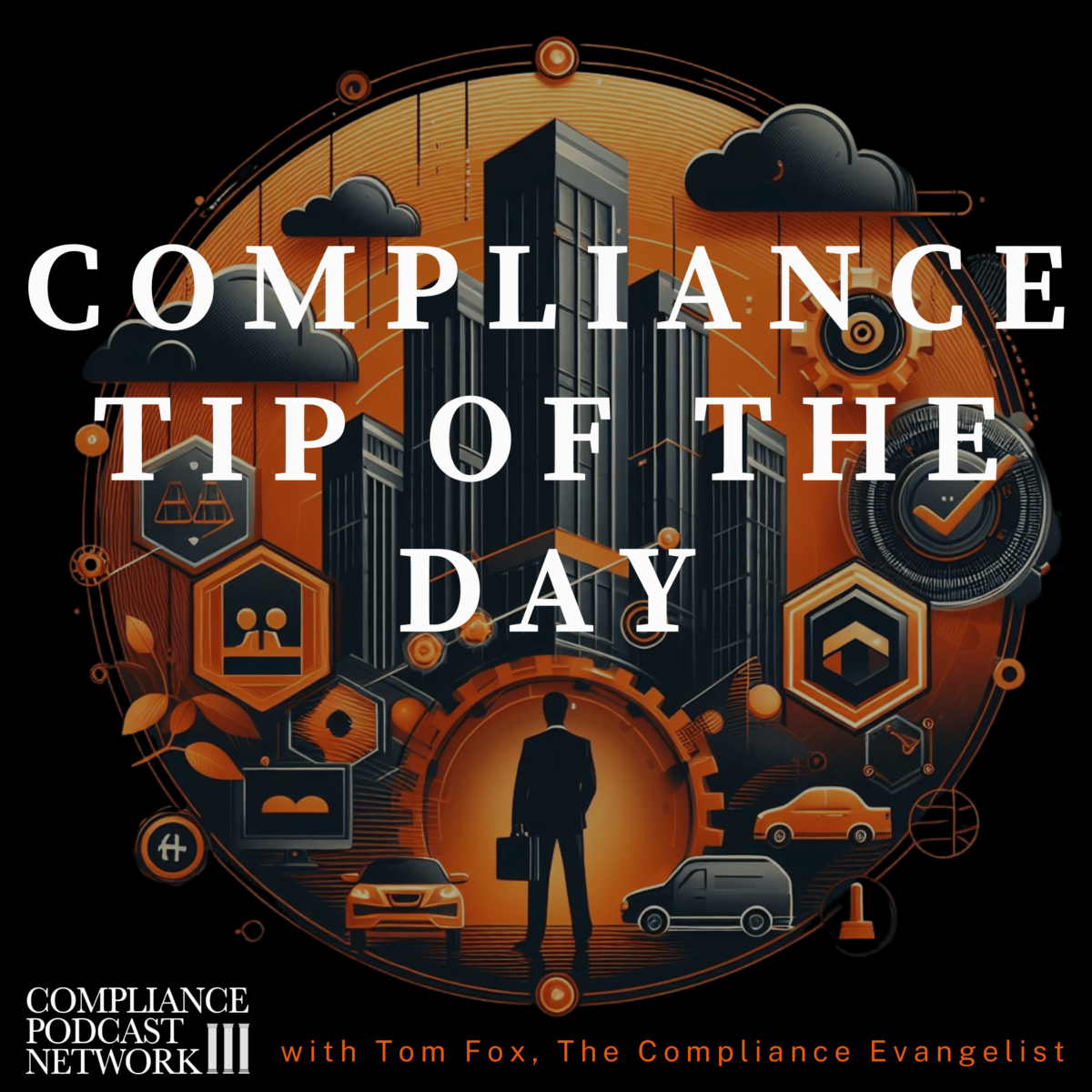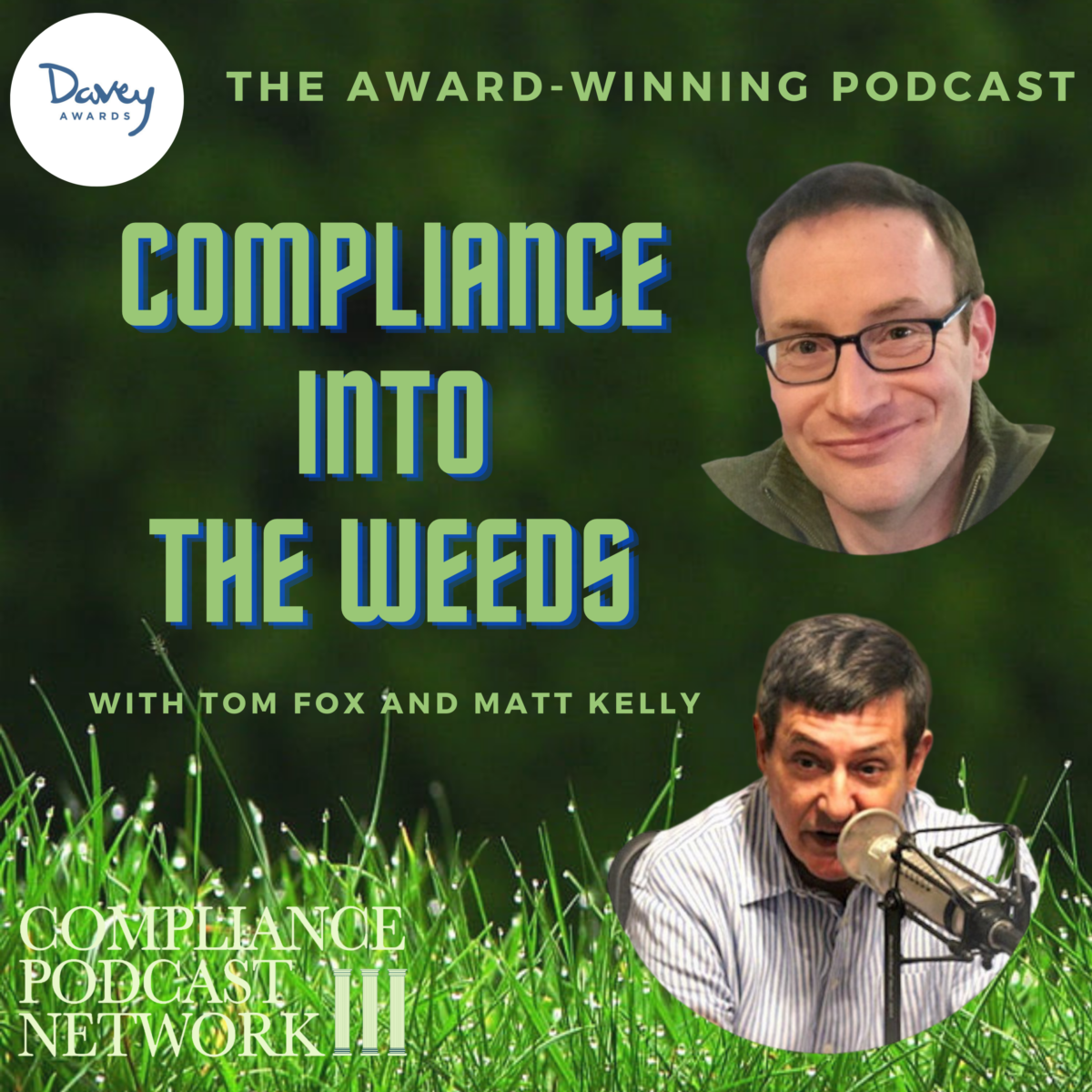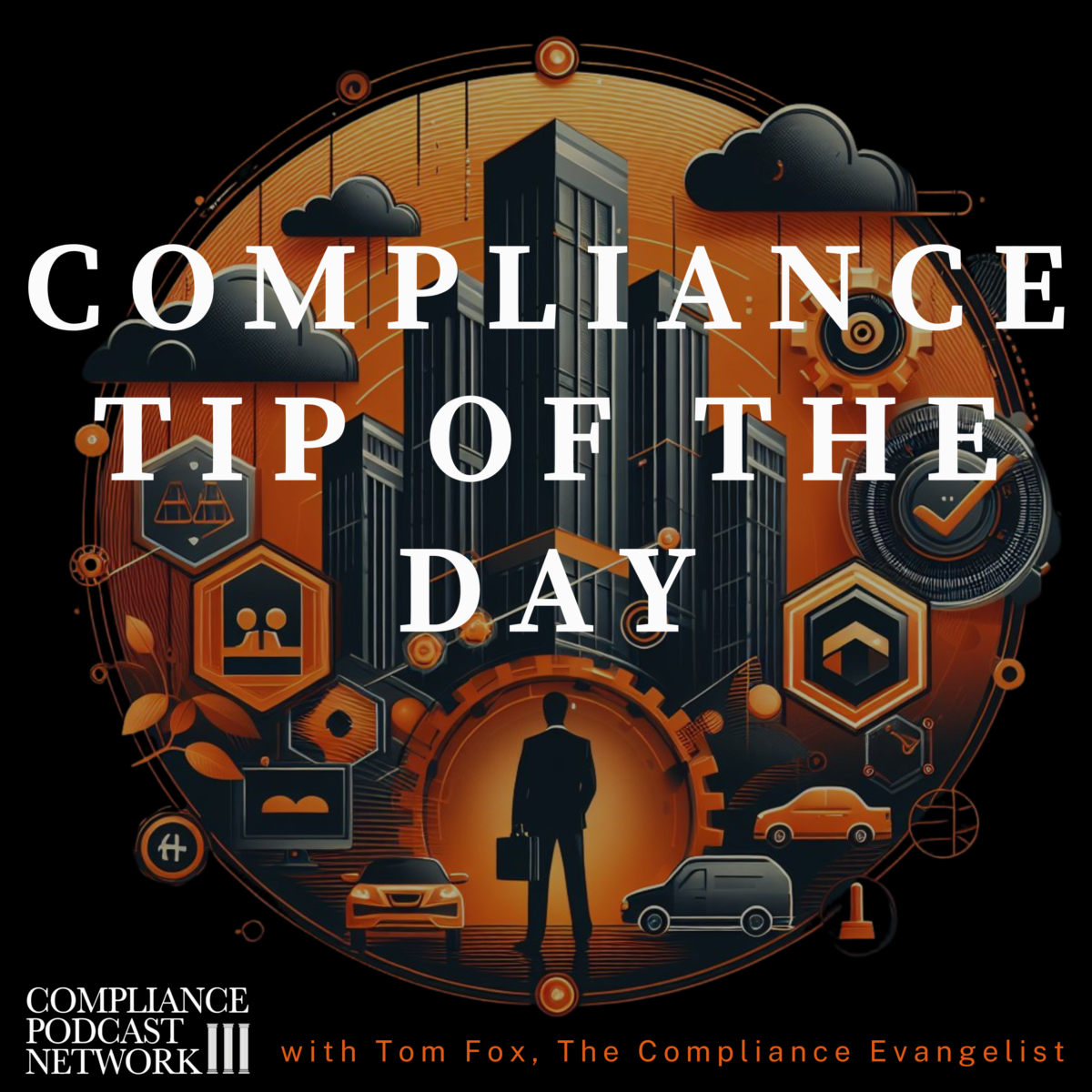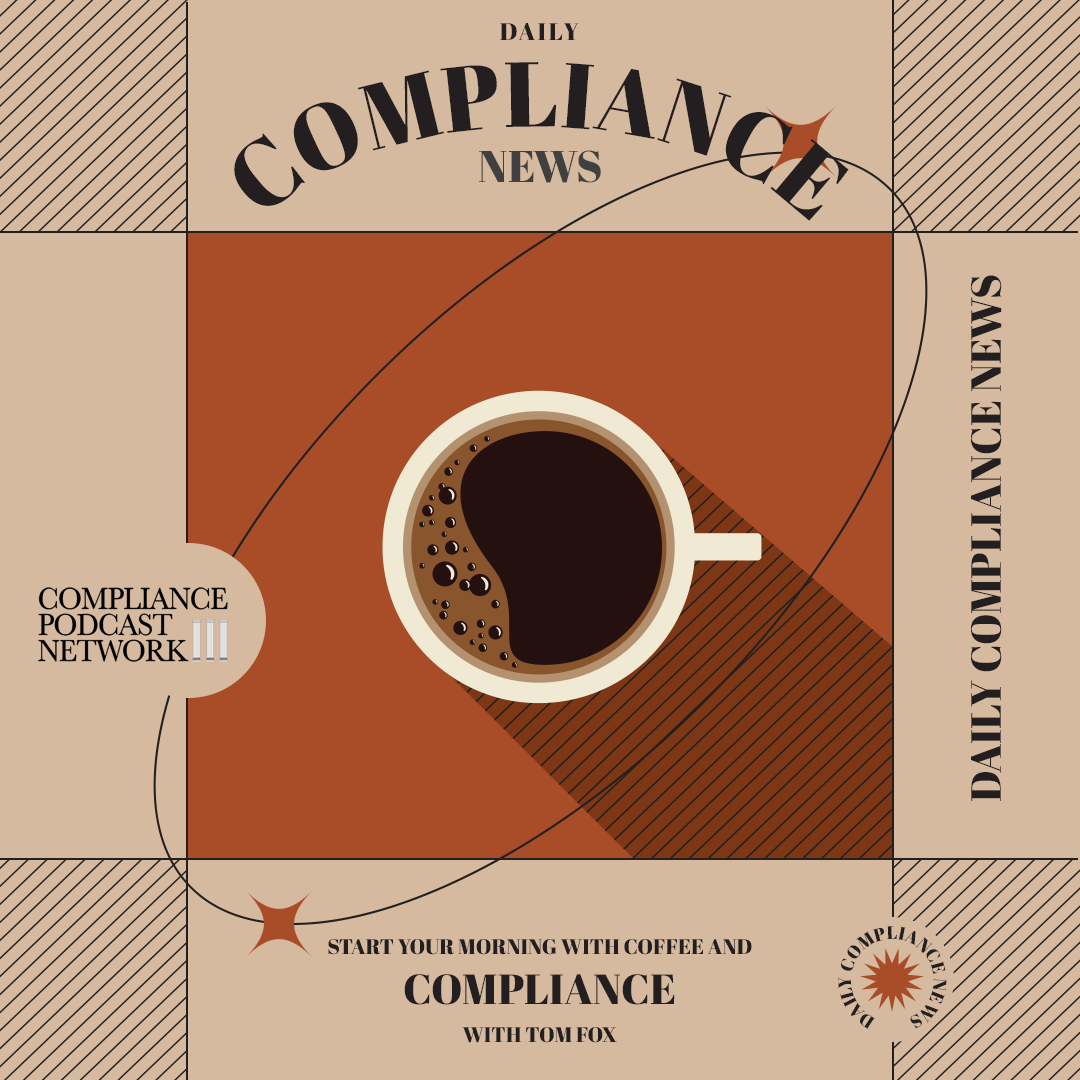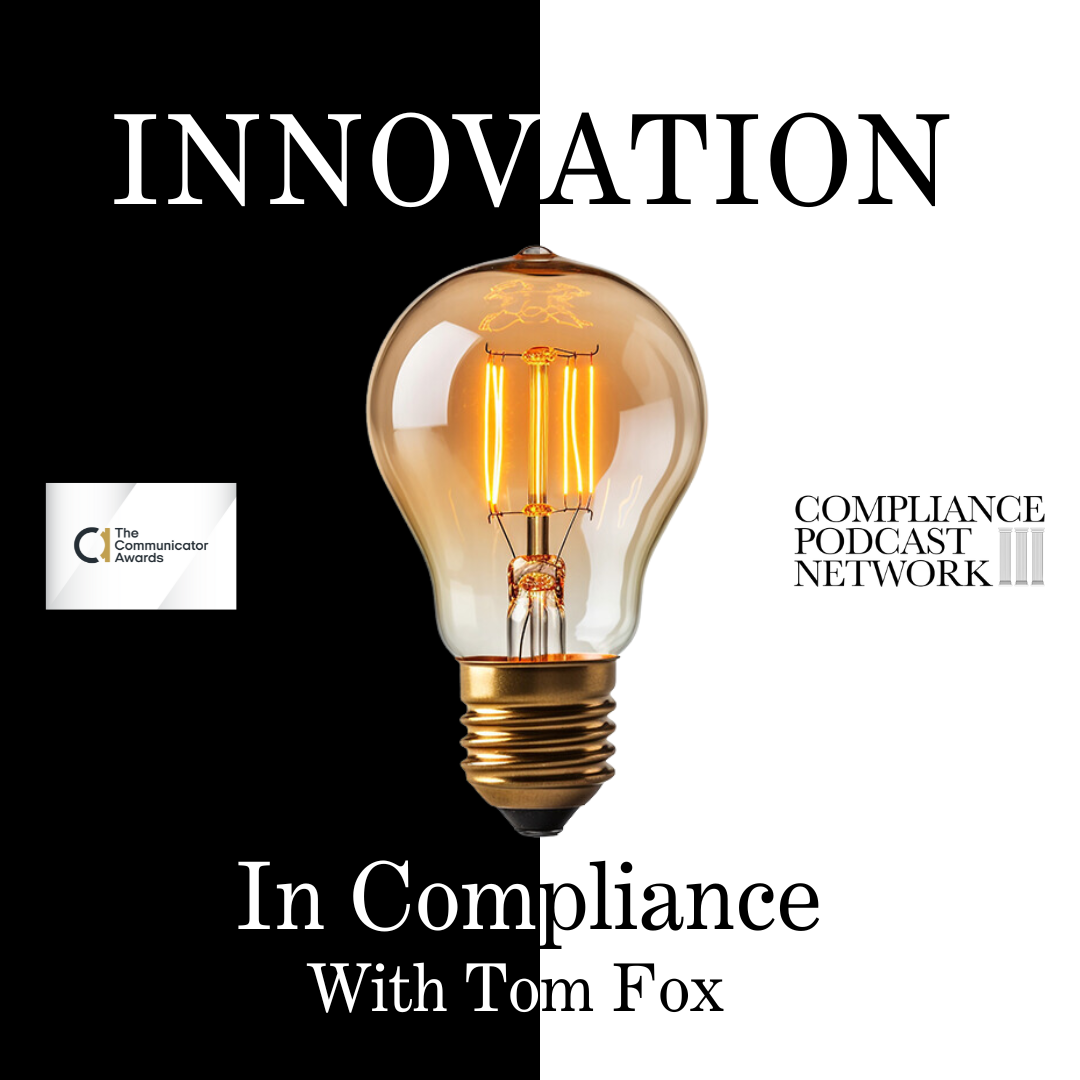We continue our blog post series on how CEOs and top senior executives can demonstrate the ubiquitous Tone at the Top. Setting the tone of doing business ethically and in compliance is one of the most critical responsibilities for CEOs and senior executives. While large-scale communications such as town halls and corporate-wide emails certainly play an essential role, there is one venue where the tone can be effectively set in a more actionable and intimate way: team meetings.
Team meetings, often focused on operational topics, provide a unique opportunity for leaders to engage directly with their teams on compliance matters. These smaller, more focused settings allow meaningful discussions about ethical behavior, compliance risks, and policy adherence. By strategically incorporating compliance into team meetings, executives can ensure that ethical considerations are baked into daily operations and decision-making processes. This post will explore how CEOs and senior leaders can leverage team meetings to reinforce compliance and establish the right tone at the top.
- Make Compliance a Standing Agenda Item in Leadership Team Meetings
Leadership team meetings often involve high-level business strategy, performance metrics, and operational objectives. However, these meetings are also an opportunity to highlight the importance of compliance. Senior executives and department heads are role models within the organization. When they treat compliance as a priority in their discussions, it signals to their teams that ethical behavior and adherence to the law are non-negotiable elements of the company’s operations.
How to Implement
- Ensure that compliance is a standing agenda item in leadership team meetings. This could include updates on compliance program initiatives, discussions of recent compliance risks, or analysis of how regulatory changes might impact the business.
- Encourage leaders to cascade these compliance messages to their direct reports, ensuring the organization is aligned at all levels.
- Use these meetings to identify areas where compliance could be strengthened within each department and provide executives with the necessary resources to address these gaps.
By making compliance a regular part of leadership conversations, you normalize it as part of the company’s strategic considerations.
- Lead by Example in Your Own Meetings
One of the most powerful ways to set the tone at the top is to demonstrate your commitment to compliance in team meetings. Senior executives must embed compliance into every conversation about business decisions, strategies, and performance metrics.
This is crucial because people tend to imitate their leaders’ behavior. When executives consistently incorporate compliance considerations into discussions about business operations, it becomes clear that ethical behavior is not a separate initiative but part of how the company functions.
How to Implement
- When reviewing business strategies, ask questions about managing compliance risks. For example, if a new product is being launched, inquire about the regulatory requirements and whether the company is meeting them.
- During performance reviews, assess how managers and employees adhere to the company’s compliance policies. Reward ethical behavior, not just financial or operational results.
- Be transparent about the compliance challenges the company may face and how you expect the team to address them.
Leading by example shows that compliance isn’t just the responsibility of the legal or compliance department—it’s everyone’s responsibility.
- Conduct Regular Compliance Check-ins with Department Heads
CEOs and senior executives should meet regularly with department heads or team leaders to discuss how compliance is integrated into their teams’ day-to-day operations. These check-ins provide an opportunity to evaluate how well the company’s compliance program functions. Compliance risks vary by department, so it’s important to ensure that leaders at every level actively manage them. Regular check-ins provide insight into how compliance initiatives are being implemented and whether additional support is needed.
How to Implement
- Schedule monthly or quarterly meetings with department heads to discuss compliance. Topics should include how well the department is adhering to company policies, any challenges they face in meeting compliance requirements, and potential risks.
- Ask for updates on compliance training within each department—are employees attending, and is the training effective? Offer resources and assistance if certain areas need more focus.
- Use these check-ins to identify potential areas of non-compliance or emerging risks and take steps to address them before they escalate.
Regular compliance check-ins create accountability among department leaders and ensure that compliance is continuously monitored across the organization.
- Reinforce Compliance Training and Policies in Team Meetings
One of the most practical ways to integrate compliance into team meetings is by reinforcing the importance of compliance training and company policies. While formal training sessions are crucial, ongoing reminders help ensure compliance stays at the top of employees’ minds. Compliance is an ongoing process, not a one-time event. Reminding employees about training sessions, policy updates, and regulatory changes helps keep the compliance program fresh and relevant.
How to Implement
- Use team meetings to remind employees of upcoming compliance training sessions. Personalize your message by explaining how these training sessions directly relate to their roles and the risks they may encounter.
- Discuss any recent updates to company policies or new regulations affecting the business. Ensure that everyone understands the implications of these changes and how they should adjust their behavior accordingly.
- Endorse compliance training by sharing examples of how it has helped the company avoid risks or improve operations. Your endorsement will increase employee engagement with these programs.
Reinforcing training and policies regularly helps ensure that employees remain aware of their compliance obligations.
- Open the Floor for Compliance-Related Concerns and Questions
The final and arguably most important way to set the right tone at the top is by encouraging open dialogue about compliance. Team meetings offer an opportunity to create a safe space where employees feel comfortable raising compliance concerns or asking questions. Always remember that part of a Speak Up culture is listening.
This point is of the utmost significance. When employees are afraid to speak up about compliance issues, small problems can quickly escalate into major risks. By fostering a culture of openness, you encourage employees to address potential problems proactively before they become serious.
How to Implement
- At the end of each meeting, allocate time for employees to ask questions or raise concerns related to compliance. Make it clear that you take these issues seriously and that there will be no retaliation for speaking up.
- Encourage managers to follow up on any concerns raised and ensure that they are addressed promptly. If necessary, escalate issues to the compliance team for further investigation.
- Lead by example by actively engaging with any compliance concerns during the meeting. Show that you are approachable and willing to help resolve compliance issues.
Creating an environment where employees feel empowered to speak up reduces the likelihood of compliance breaches and strengthens the company’s overall integrity.
The Power of Team Meetings in Compliance Leadership
Establishing the right tone at the top for a best practices compliance program is not a one-time event; it requires ongoing engagement and consistent messaging. Often viewed as operational, team meetings offer a critical venue for CEOs and senior executives to reinforce their commitment to compliance in an actionable, intimate setting.
By making compliance a standing agenda item, leading by example in your meetings, conducting regular check-ins, reinforcing training, and opening the floor for concerns, senior leaders can build a culture where compliance is not just an expectation but a fundamental part of how the company operates.
Ultimately, this consistent, hands-on approach builds trust, fosters accountability, maintains compliance, and becomes an organizational competitive advantage.




